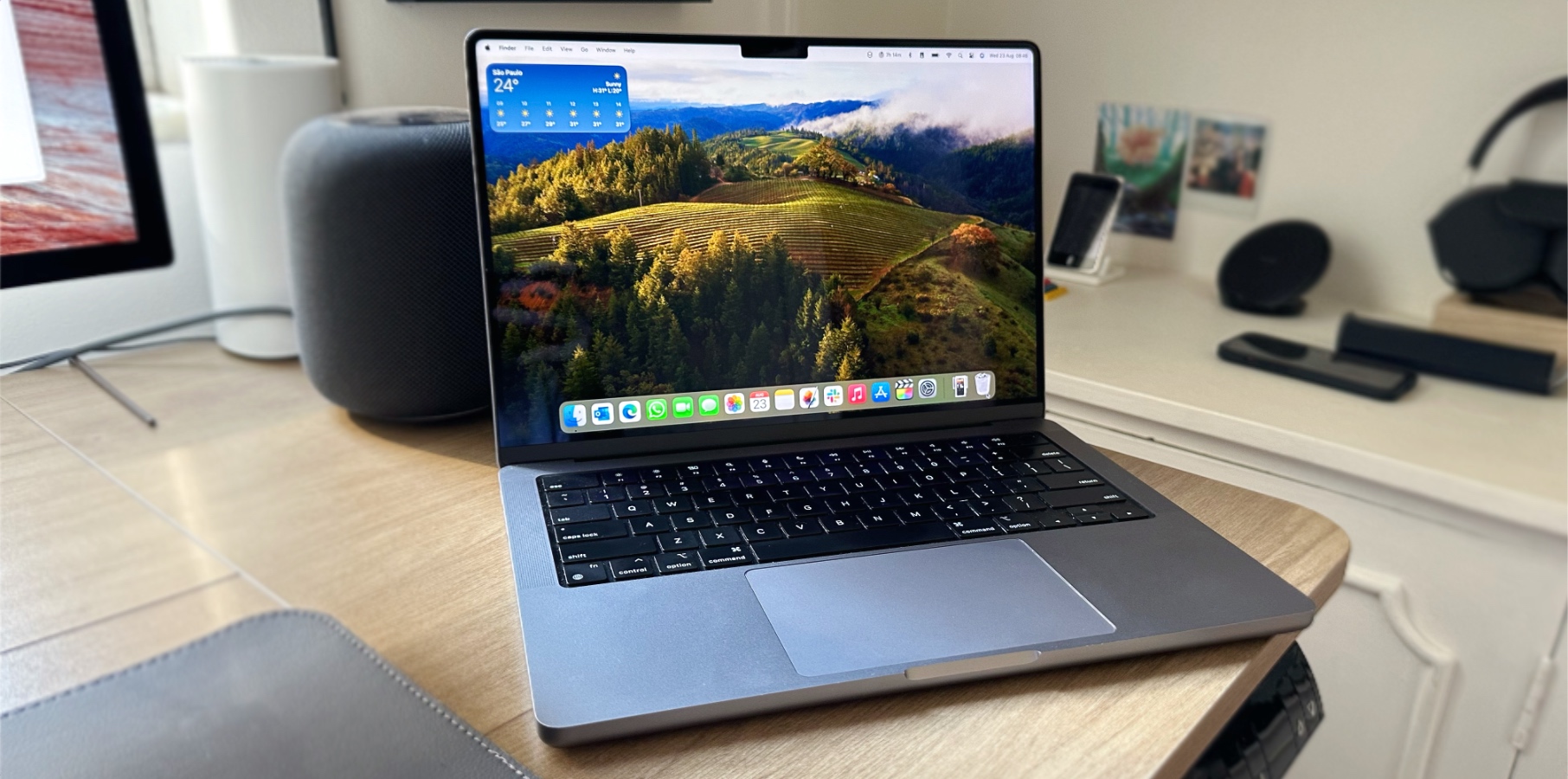
If you want to improve your glute and quad muscles, you may be wondering how to do a squat with resistance bands. This compound movement is one of the simplest and most effective exercises for your legs. Adding a resistance band to your squats will increase the intensity of the exercise—and it could help improve your form, too.
To do the exercise, you simply need to loop the band around your legs—just above the knees—before moving into a squat. Sounds simple, right? But it’s easy to make mistakes when you squat, so we asked the experts how to do it properly.
As a quick side note, the best resistance band for squats are ones with a shorter loop, which sit comfortably around both legs. Make sure you have one to hand before you get started. And if you’re looking for more ways to use your band, have a read through our article on resistance bands leg workout ideas
Tips and guidance
Squatting with a resistance band is sometimes referred to as a ‘banded squat.’ It’s similar to a regular squat, but you’ll feel a little more resistance when you do it. Mike Tanner, personal trainer and head of education and learning at Bodyism, advises following these steps:
1. First, place the resistance band just above the top of your knees.
2. Next, make sure your feet are slightly wider than hips and your feet are turned out 5 – 10 degrees.
3. Lower yourself into the squat and push your hips back. Keep your knees pushing out sideways into the band as you squat but make sure they stay in line with your toes. This activates the muscles that align your knees while you squat to improve your squat movement pattern.
4. Stand up and release the band slightly as you do, then repeat for a further nine reps.

How to make your banded squats harder
The simplest way to make your banded squat harder is by using a resistance band with a greater level of resistance. But there are other ways to increase the intensity.
Constantinos Yiallouros, from Anytime Fitness UK, recommends pausing for about three seconds at the bottom of the movement, before bringing yourself back up slowly. “The extra pause and ascending slowly will further increase the time under tension and give you much more benefit than rising quickly. For added benefit at the top of the movement, squeeze your glutes before taking on your next rep,” he said.
Once you can do these comfortably you could lengthen the pause at the bottom of the squat to make it more difficult.
Common squat mistakes to avoid
There are some common mistakes made when squatting, both when using resistance bands and when using free weights. Here’s what to look out for.
Knees turning inwards: This is often caused by a weakness in the glutes. Banded squats will be particularly effective at correcting this issue, Yiallouros says, because the constant tension involved means you must focus on your form, but also because banded squats increase the strength of your glutes.
Half-reps: For the best results, you must complete a full range of motion, which means getting your thighs parallel to the ground before you begin to stand up. This will mean you get the full benefit from the squat. Some people help themselves achieve this by putting an exercise bench or low chair behind them when performing the squat. When their backside touches the bench, they know they’ve completed the full range of motion.
Heels off the ground: Your feet must stay fully on the ground throughout the squat movement, Yiallouros says. When doing the squat, you must push through your heels rather than the balls of your feet or your toes – this will give you the full benefit from the exercise.
What are the benefits of doing squats?

Squats are a compound movement and use lots of different muscles, but they primarily target your legs. Richard Blagrove, a physiology lecturer at Loughborough University, explained that the movement mostly focuses on your glutes and your quads. But a well executed squat can recruit other muscles too: “If the squat is performed with load and good form, stabilizing and fixating muscles around the trunk and upper body also receive a strong stimulus,” said Blagrove.
Strengthening your lower limbs can make everyday tasks like walking up stairs feel easier. And building leg muscle is great for your sporting performance too, according to Blagrove: “In sport, the force required to perform explosive movement patterns, like sprinting, changing direction and jumping comes from the muscles of the lower limbs.”
Adding a resistance band to your squat will increase the intensity of your exercise and can have other benefits, too. “When you compare banded squats to free weight squats, the main benefit is the focus on correct form,” said Yiallouros from Anytime Fitness. “The tension of the band means you focus more on the movement and you’re less prone to compromising your form and potentially causing injury.”

Sarah is a freelance writer – writing across titles including Woman&Home, Fit&Well, The Independent, LiveScience, and the BBC in the UK. She covers a variety of subjects, including trends in beauty, business, and wellness – but her biggest passions are health and fitness. She can normally be found trying out the trendiest fitness class or interviewing an expert about the latest health trends.
Note: This article have been indexed to our site. We do not claim legitimacy, ownership or copyright of any of the content above. To see the article at original source Click Here












